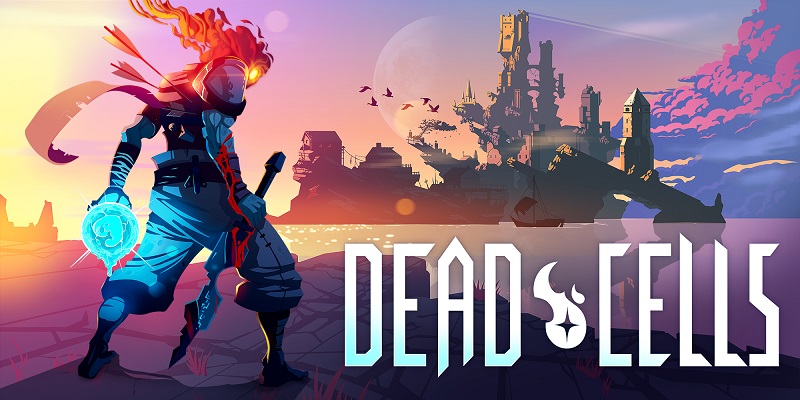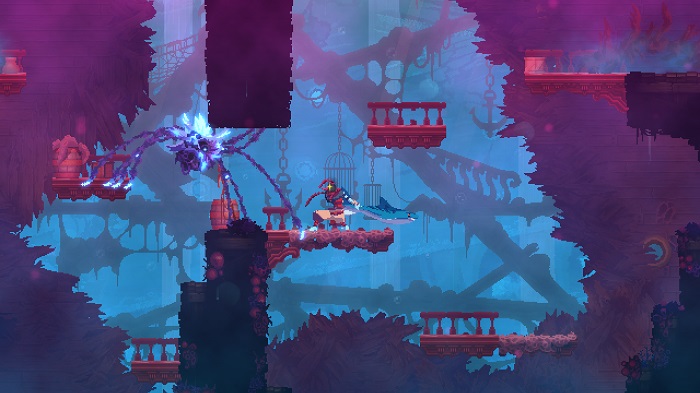
Dead Cells Mobile: A Deep Dive into the Platformer Phenomenon
The world of mobile gaming is in perpetual evolution, bringing console-quality experiences straight to our pockets. One game that has achieved this transition with aplomb is Dead Cells. Making its mark on consoles and PC, it has now graced mobile platforms with its roguelike charm. This review delves into the game’s mobile iteration, exploring its strengths, challenges, and its stand in the vast ocean of platformers.
Game Mechanics and Controls
Dead Cells is renowned for its intricate mechanics and challenging gameplay. The mobile version had a daunting task – translating these mechanics smoothly for touchscreens. To its credit, it’s largely successful. While there’s an initial learning curve, seasoned gamers will soon find themselves at home.
Customizable virtual buttons, haptic feedback, and external controller support ensure players have the tools they need to progress through the game’s demanding levels. Though there can be moments where the touchscreen feels less precise than a physical joystick, with some tweaks and practice, it becomes second nature.
Moreover, the game offers auto-hit options to reduce the complexity for those new to the genre, ensuring accessibility for all types of players.
Visuals and Soundscapes
The vibrant pixel-art style of Dead Cells is both nostalgic and refreshing. On mobile devices, these visuals come alive with great detail, especially on OLED screens where colors pop. Each biome has its distinct palette, and the character animations are fluid, giving a sense of dynamism to the game.
- **Graphics Optimization**: The game runs smoothly on most devices, adjusting its graphics settings for optimal performance. Whether you own a high-end smartphone or an older model, Dead Cells ensures a consistent experience.
- **Audio Experience**: The game’s atmospheric sound complements its visuals. The haunting melodies, ambient sounds, and the clang of weapons immerse players into its world.
- **Feedback Mechanism**: The audio cues play a crucial role in gameplay, warning players of impending threats or signaling a successful hit. This interplay of sound and action elevates the overall experience.

Gameplay Duration and Replayability
Dead Cells is not a one-and-done game. Its roguelike nature ensures each playthrough offers a different experience, with randomly generated levels, enemies, and loot. While a single run might last anywhere from 20 minutes to an hour, the true essence of the game lies in playing it multiple times.
There’s an inherent urge to replay, to get that better weapon or to reach further than before. Coupled with frequent updates and additional content, Dead Cells on mobile is a game that keeps players coming back for more.
Moreover, with its daily challenges and leaderboards, there’s always a competitive edge, pushing players to better their scores and times, adding layers to an already deep game.
Comparison with Console Versions
While the core of Dead Cells remains intact across platforms, there are noticeable differences. The mobile version incorporates some quality-of-life improvements that cater specifically to its platform. The user interface, for instance, is optimized for touchscreen, making inventory management and navigation more intuitive.
The game also features auto-save, ensuring that even if you exit abruptly, your progress isn’t lost. However, purists might argue that certain changes, like the auto-hit option, dilute the game’s challenging nature. Yet, it’s a welcome addition for those who prioritize a more casual experience on mobile.
